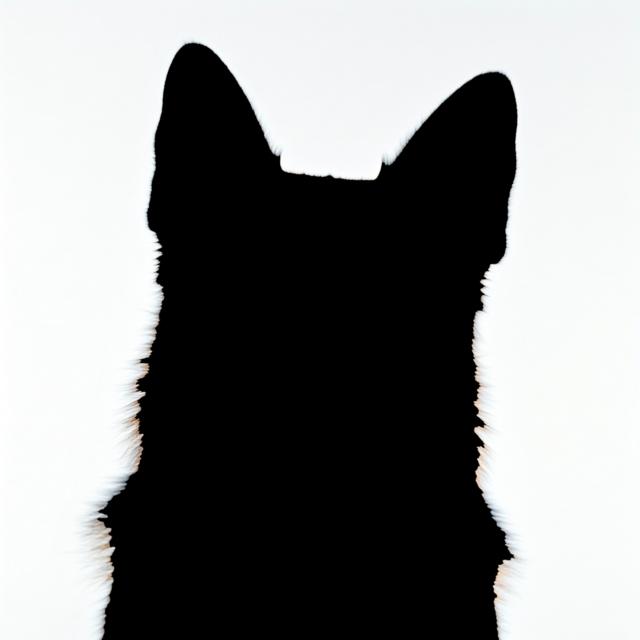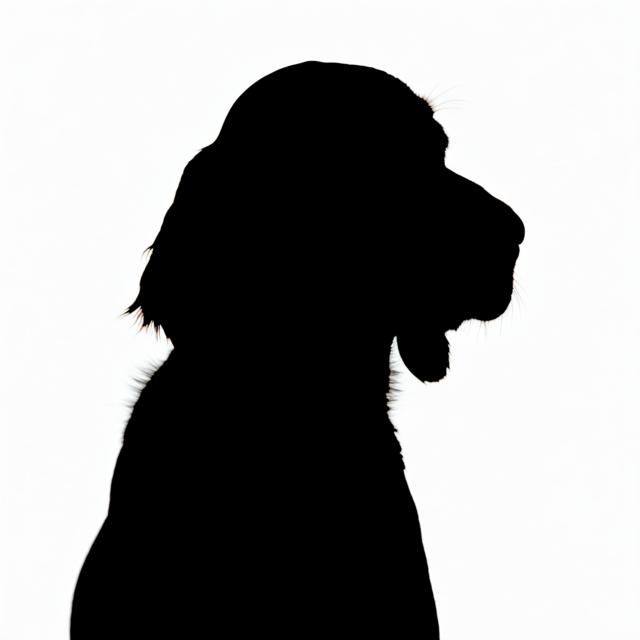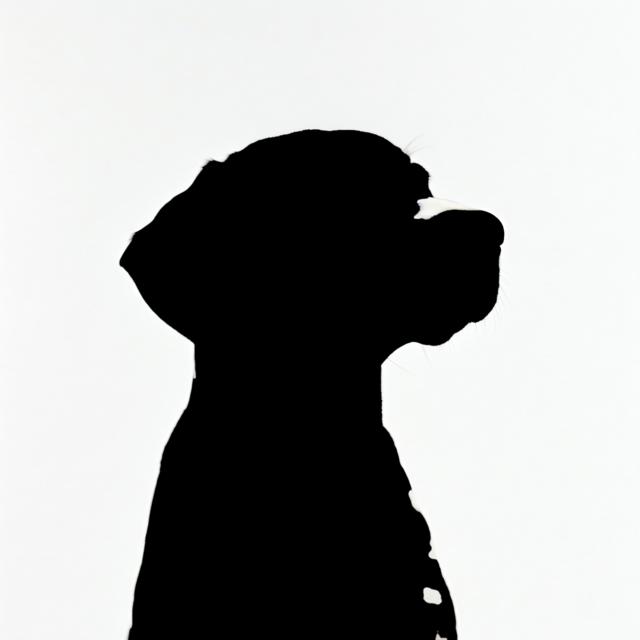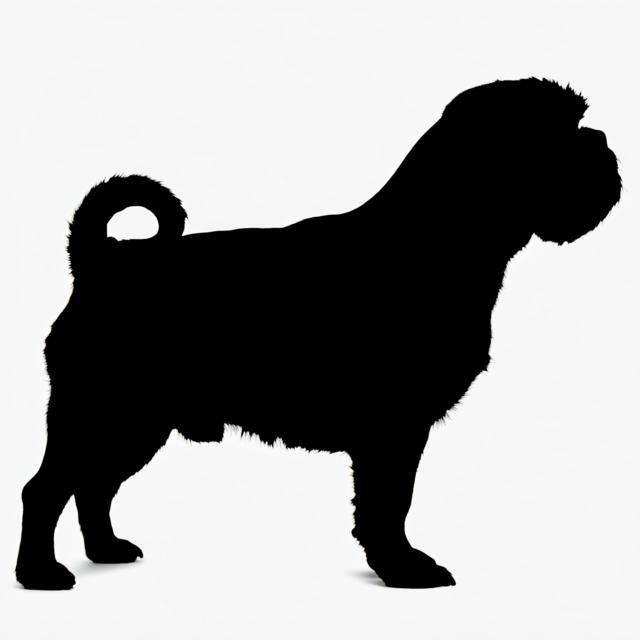Westphalian Dachsbracke
Westfälische Dachsbracke
 fci
fci ukc
ukc



Summary
- The Westphalian Dachsbracke is a German hunting dog breed known for its strong tracking abilities and determination. It requires a good amount of exercise and training.
Origin and Purpose
- Developed in Westphalia, Germany, for hunting hare, rabbit and fox.
- Used to hunt in dense undergrowth.
- Excellent hunting dog with a great nose and strong tracking ability.
Appearance
Dimensions
| Gender | Height | Weight |
|---|---|---|
| Female | 11.8 - 15 inches (30 - 38 cm) | 33 - 40 pounds (15 - 18 kg) |
| Male | 11.8 - 15 inches (30 - 38 cm) | 33 - 40 pounds (15 - 18 kg) |
Coat
| Attribute | Notes |
|---|---|
| Color |
|
| Type |
|
| Length |
|
Care
| Attribute | Notes |
|---|---|
| Shedding |
|
| Grooming |
|
| Drooling |
|
Body
| Attribute | Notes |
|---|---|
| Head |
|
| Skull |
|
| Ears |
|
| Eyes |
|
| Nose |
|
| Muzzle |
|
| Teeth |
|
| Neck |
|
| Forequarters |
|
| Fore Legs |
|
| Hindquarters |
|
| Hind Legs |
|
| Feet |
|
| Tail |
|
| Gait |
|
Temperament
- Energetic
- Independent
- Courageous
- Determined
- Affectionate with family.
Social
| Attribute | Notes |
|---|---|
| Affectionate with Family |
|
| Good with Children |
|
| Good with Dogs |
|
| Good with Cats |
|
| Openness to Strangers |
|
| Playfulness Level |
|
| Protective Nature |
|
| Adaptability Level |
|
Working Roles
- Hunting dog
- Scent tracking
Exercise Needs
- High
- Requires a significant amount of daily physical and mental exercise
Health
- Generally healthy breed
- Potential for spinal issues due to their elongated back.
Additional Notes
- Originally called "German Short-legged Scenthound"
- Requires consistent training and early socialization.
- A good fit for experienced owners.